Japanese Zen Buddhism is a philosophy and a way of living that has been practiced for centuries. Zen emphasizes the importance of meditation, self-reflection, and mindfulness to achieve enlightenment and perfect personhood. It is a form of Mahāyāna Buddhism that originated in China and was later introduced to Japan in the 12th century.
It has had a profound impact on Japanese culture and has influenced various aspects of it, including art, gardens, tea ceremonies, and martial arts. Zen is not an ideology but a way of life that emphasizes the importance of self-realization and enlightenment. It is a practice that has attracted millions of people worldwide and has been adopted by various cultures with their own unique interpretations and practices.
Key Takeaways:
- Emphasizes the importance of meditation, self-reflection, and mindfulness.
- A form of Mahāyāna Buddhism
- Has attracted millions of people worldwide
- Japanese Zen Buddhism aims at the perfection of personhood and employs sitting meditation called “za-zen” as a foundational method
- Zen takes many forms
- In Japan, Zen monks taught a form of morality more Confucian than to Buddhist traditions.
History of Japanese Zen Buddhism
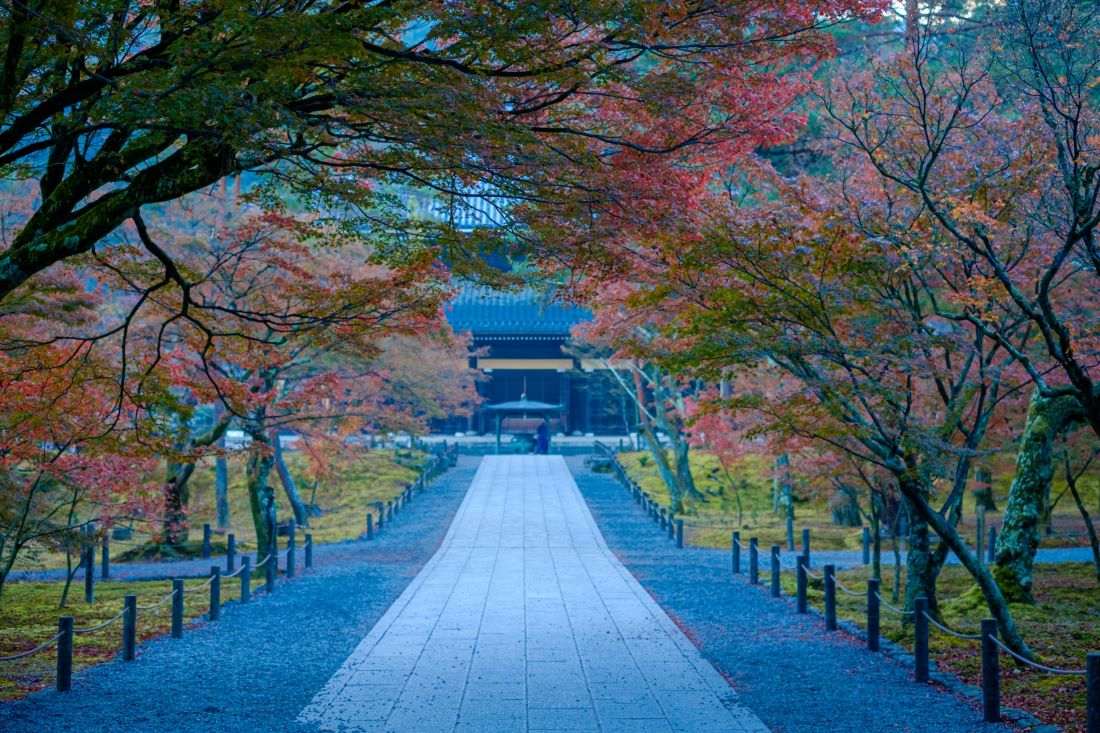
Japanese Zen Buddhism is a branch of Mahayana Buddhism that originated in China as Chan Buddhism. It was first introduced into Japan in the Asuka period (538-710 C.E.) by Chinese monks. The Zen sects in Japan trace their ancestry back to China and the teachings of the Indian monk Bodhidharma, who is considered the founder of Zen.
The development of Zen in Japan can be divided into three main periods: the early period (12th-13th century), the medieval period (14th-16th century), and the modern period (17th century to the present). During the early period, Zen was introduced to Japan by Eisai, who studied Chan Buddhism in China and became the first Zen master in Japan. The Rinzai and Soto schools of Zen were established during this period.
The medieval period saw the rise of the warrior class in Japan, and Zen became closely associated with the samurai. The famous Zen master Dogen founded the Soto school during this period, and his teachings emphasized the importance of zazen, or seated meditation, as the path to enlightenment.
The modern period of Zen in Japan has been marked by a renewed interest in Zen philosophy and practice. The influence of Zen on Japanese culture can be seen in the arts, such as calligraphy, painting, and tea ceremony, as well as in the martial arts, such as kendo and aikido.
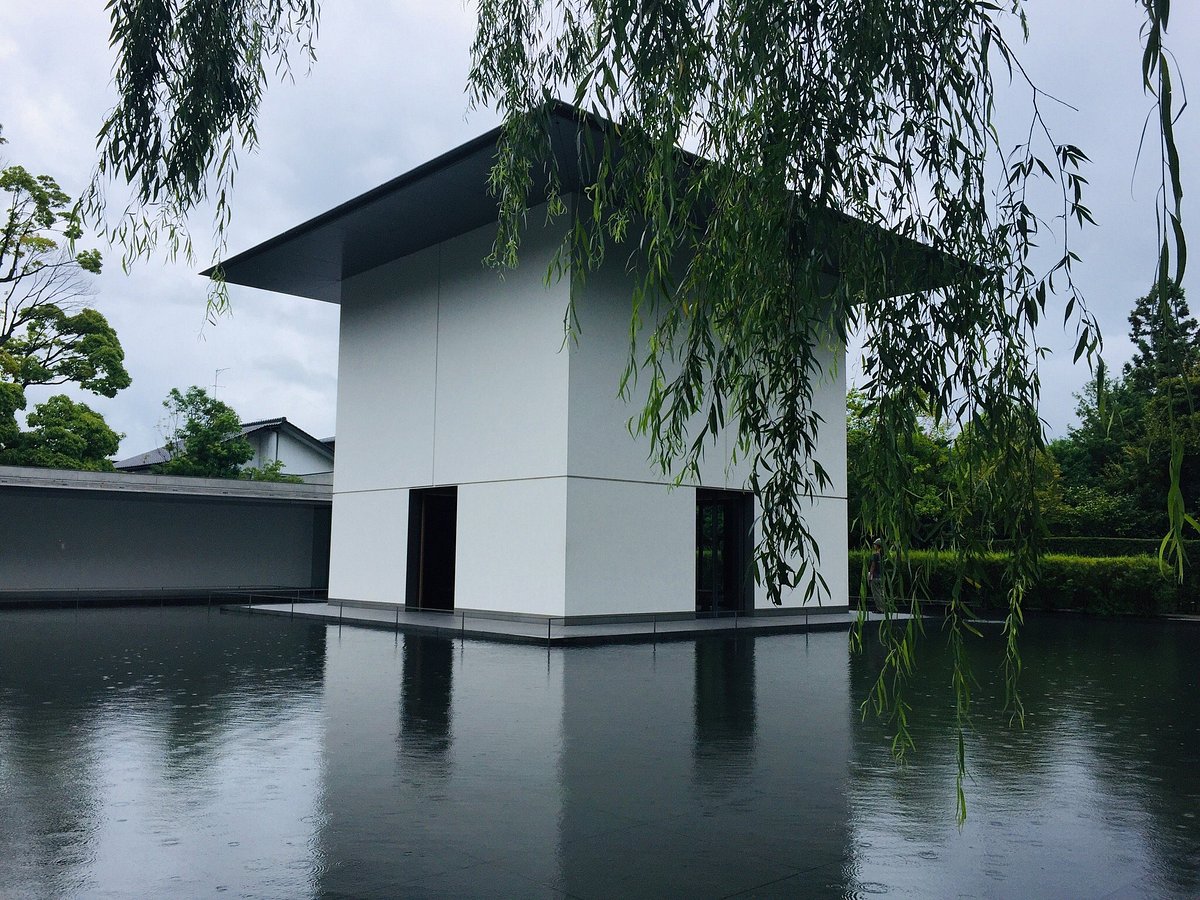
Today, Zen is a popular form of Buddhism in Japan, with millions of followers. Zen temples and monasteries can be found throughout the country, and many Japanese people practice Zen meditation as a way to find inner peace and enlightenment.
Key Beliefs and Practices
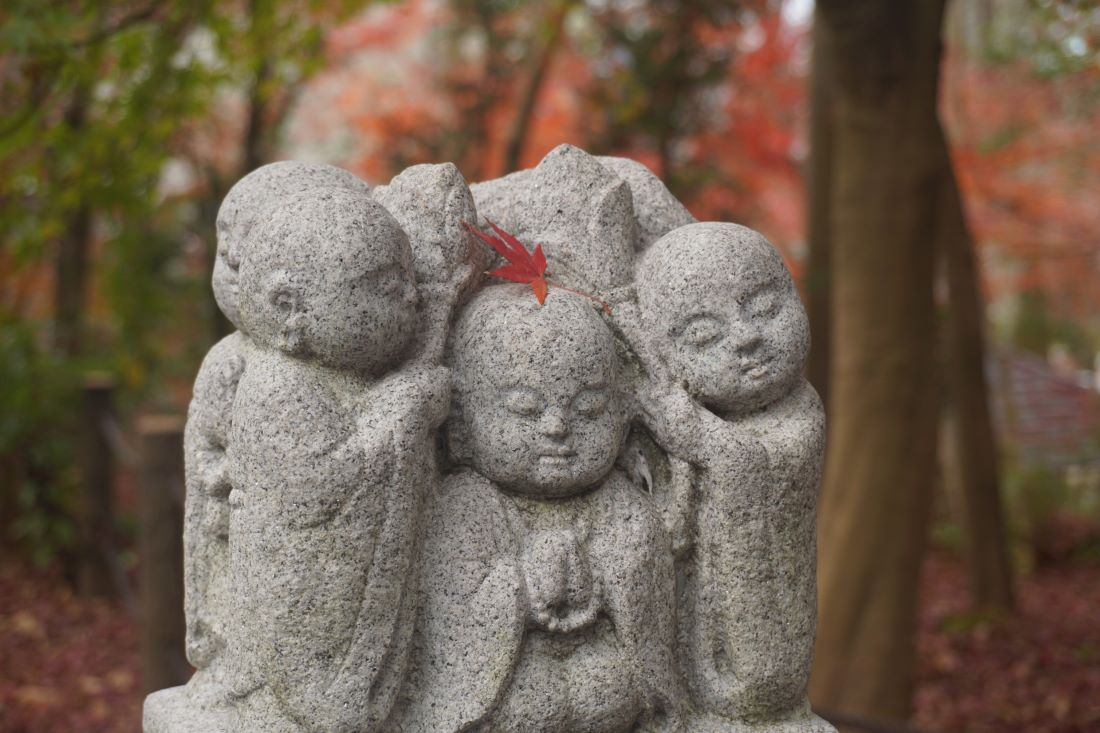
Japanese Zen Buddhism is a branch of Mahayana Buddhism that emphasizes meditation, mindfulness, and the attainment of enlightenment through direct experience. Zen Buddhism is known for its simplicity, directness, and focus on the present moment.
One of the key beliefs of Zen Buddhism is the concept of non-dualism, or the idea that all things are interconnected and interdependent. This belief is reflected in the practice of mindfulness, which involves paying attention to the present moment without judgment or attachment.
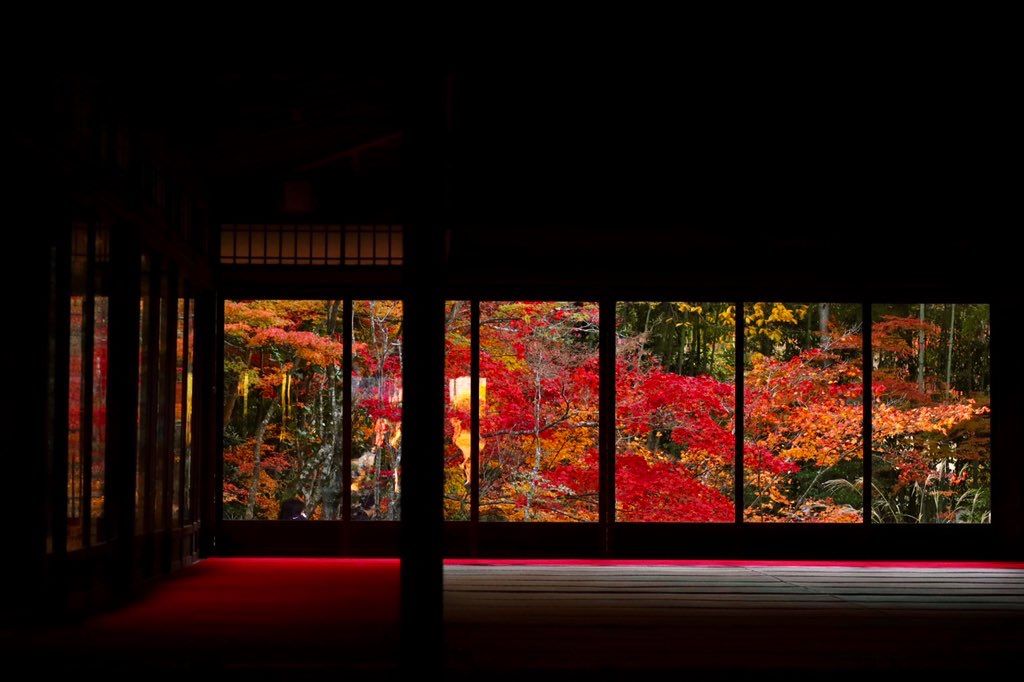
Another important belief in Zen Buddhism is the idea of impermanence, or the recognition that all things are constantly changing and evolving. This belief is reflected in the practice of meditation, which involves letting go of attachments and becoming aware of the impermanence of all things.
Some of the key practices in Zen Buddhism include meditation, kōan practice, and just sitting. Meditation involves sitting in silence and focusing on the breath or a particular object to cultivate mindfulness and concentration. Kōan practice involves contemplating a paradoxical question or statement to develop insight and understanding. Just sitting, also known as shikantaza, involves sitting in silence and simply being aware of the present moment without any particular focus or goal.
In addition to these practices, Zen Buddhists also place a strong emphasis on community and service. Zen monasteries provide a supportive environment for practitioners to deepen their practice and cultivate compassion and wisdom. Zen Buddhists also engage in various forms of service, such as offering medical care to the poor and performing funeral and memorial services.
Zen Art and Aesthetics
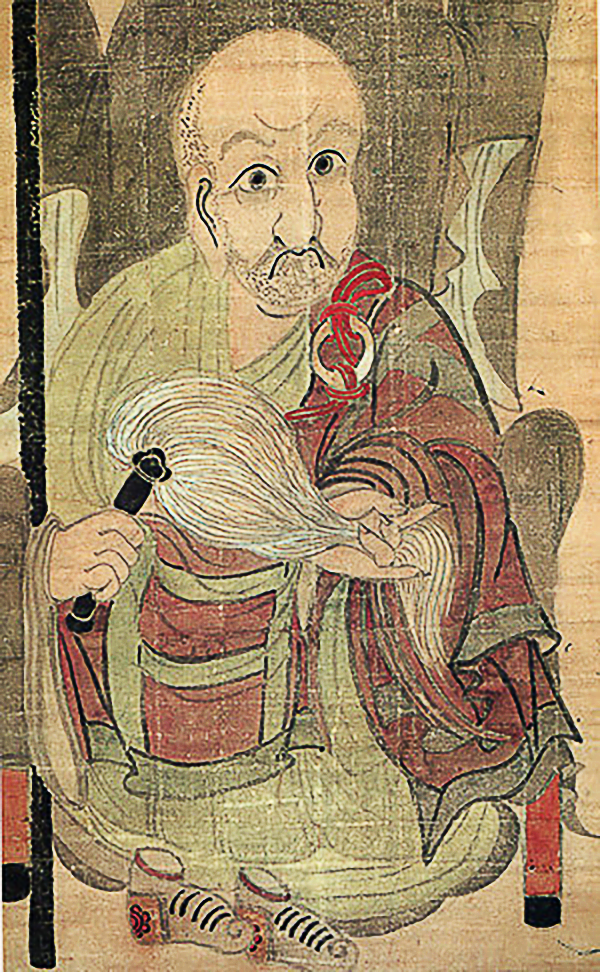
Zen art is known for its elegant simplicity, embodied in the many paintings and calligraphies that consist of black ink on white paper or silk. The art form most closely associated with Zen Buddhism is ink monochrome painting. In general, the first Japanese artists to work in this medium were Zen monks who painted in a quick and evocative manner to express their religious views and personal convictions.
Although Zen prizes simplicity, the art of Zen isn’t always minimalistic in style. Some Zen art, such as rock gardens, are more complex and rely on symbolism to convey meaning. Zen gardens, also known as karesansui, are a type of rock garden that typically feature rocks, sand, and gravel. These gardens are designed to promote a sense of calm and tranquility and often feature patterns that represent natural elements such as waves or mountains.
Another art form associated with Zen is calligraphy. Zen calligraphy is often created with a single brush stroke and is meant to capture the essence of a particular word or phrase. The practice of calligraphy is seen as a form of meditation, and the act of writing is said to help clear the mind and promote mindfulness.
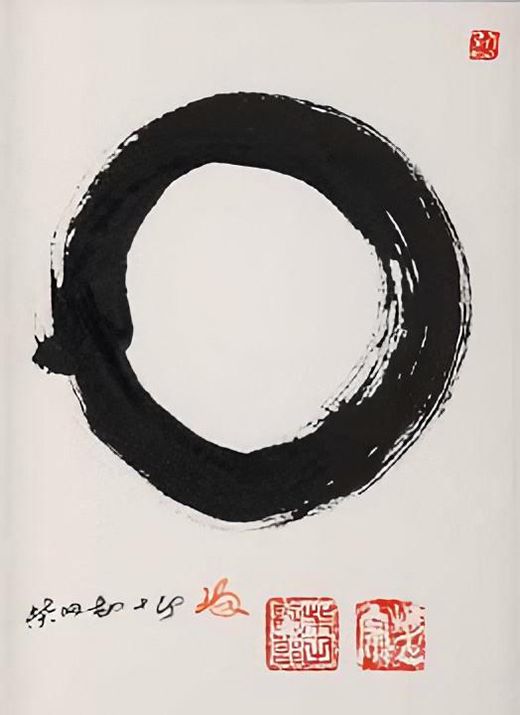
Overall, Zen art and aesthetics emphasize the importance of simplicity, mindfulness, and the natural world. The art forms associated with Zen are meant to promote a sense of calm and tranquility and encourage viewers to look inward and reflect on their own lives.
Zen Buddhism in Modern Japan
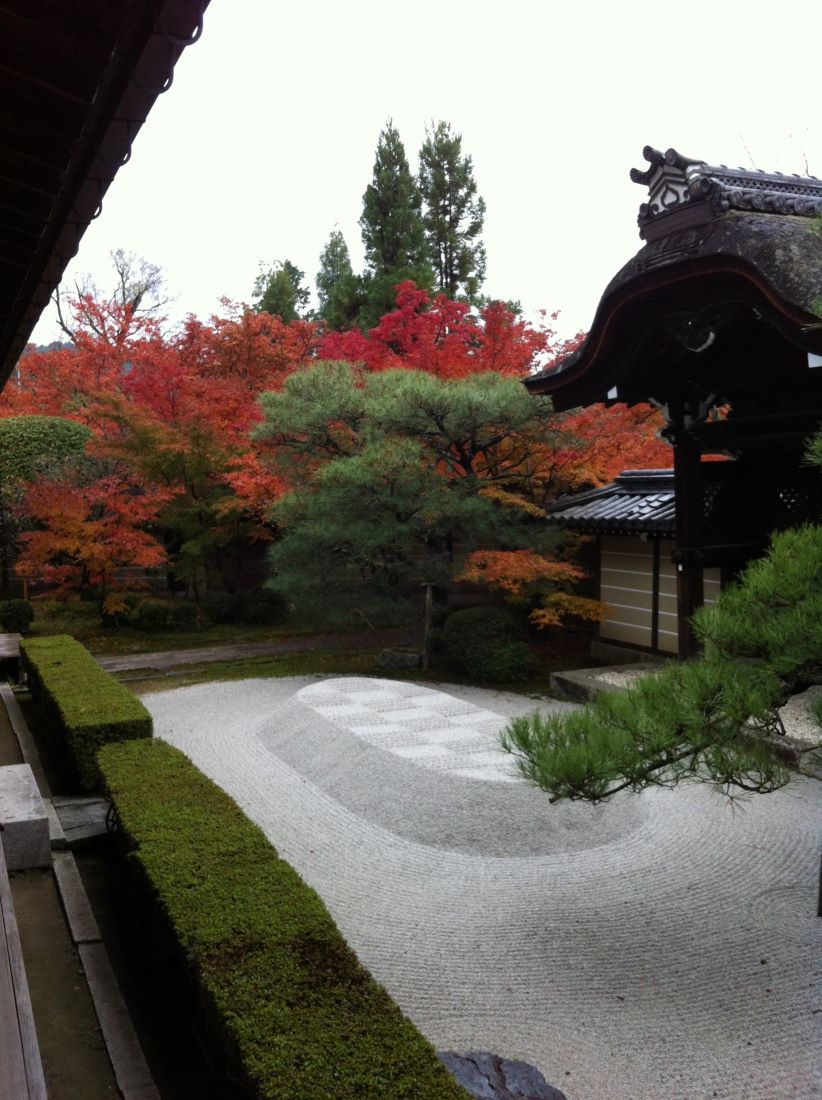
Modern Japan has a complex relationship with Zen Buddhism. While Zen continues to be an important part of Japanese culture, its influence has waned in recent years. Despite this, Zen Buddhism remains a popular practice in Japan, and many people continue to study and practice its teachings.
One of the most significant changes to Zen Buddhism in modern Japan has been the rise of lay practitioners. In the past, Zen was primarily practiced by monks in temples, but today many laypeople are interested in studying Zen and incorporating its teachings into their daily lives. This has led to the creation of new Zen centers and communities throughout Japan, as well as a renewed interest in Zen among younger generations.
Another important development in modern Japanese Zen is the increasing focus on social engagement and activism. Many Zen practitioners are now involved in social and environmental causes, and there is a growing movement to use Zen principles to promote social justice and environmental sustainability. This has led to the creation of new organizations and initiatives that seek to apply Zen teachings to contemporary issues in Japan and around the world.
Despite these changes, Zen Buddhism continues to face challenges in modern Japan. One of the biggest obstacles is the declining interest in religion among younger generations. Many young Japanese people are less interested in traditional religious practices and are more focused on their careers and personal lives. This has led to a decline in the number of people studying and practicing Zen, as well as a decline in the number of temples and monasteries throughout Japan.
Another challenge facing Zen in modern Japan is the perception that it is a traditional and outdated practice. Some people view Zen as an ancient practice that is no longer relevant to modern life, and they are less interested in studying its teachings. However, many Zen practitioners argue that the principles of Zen are timeless and can be applied to contemporary issues and challenges.
The Sum Up
Japanese Zen Buddhism is a unique and influential form of Buddhism that has had a significant impact on Japanese culture. Its teachings and practices emphasize the importance of mindfulness, meditation, and self-reflection in achieving spiritual enlightenment and personal growth. The philosophy of Zen Buddhism has provided the grounds for the development of Japanese arts such as poetry, painting, tea ceremonies, and even architecture.
Zen Buddhism emphasizes the importance of experiential knowledge and practical wisdom, rather than theoretical or intellectual knowledge. The practice of Zazen, or seated meditation, is a fundamental aspect of Zen Buddhism and is considered a way to achieve inner peace and clarity of mind. The teachings of Zen Buddhism have also influenced other areas of Japanese culture, including the Samurai class, who played a crucial role in promoting its influence.
The Zen temple is regarded as the place of worship in Japanese Zen Buddhism, where the supporters of Zen Buddhism spend much time and distribute their teachings. The impact of Zen Buddhism has been considerable in every sphere of life in Japan, and its influence continues to be felt today. Japanese Zen Buddhism has also spread to other parts of the world, and its teachings and practices have been adopted by many people seeking spiritual enlightenment and personal growth.



